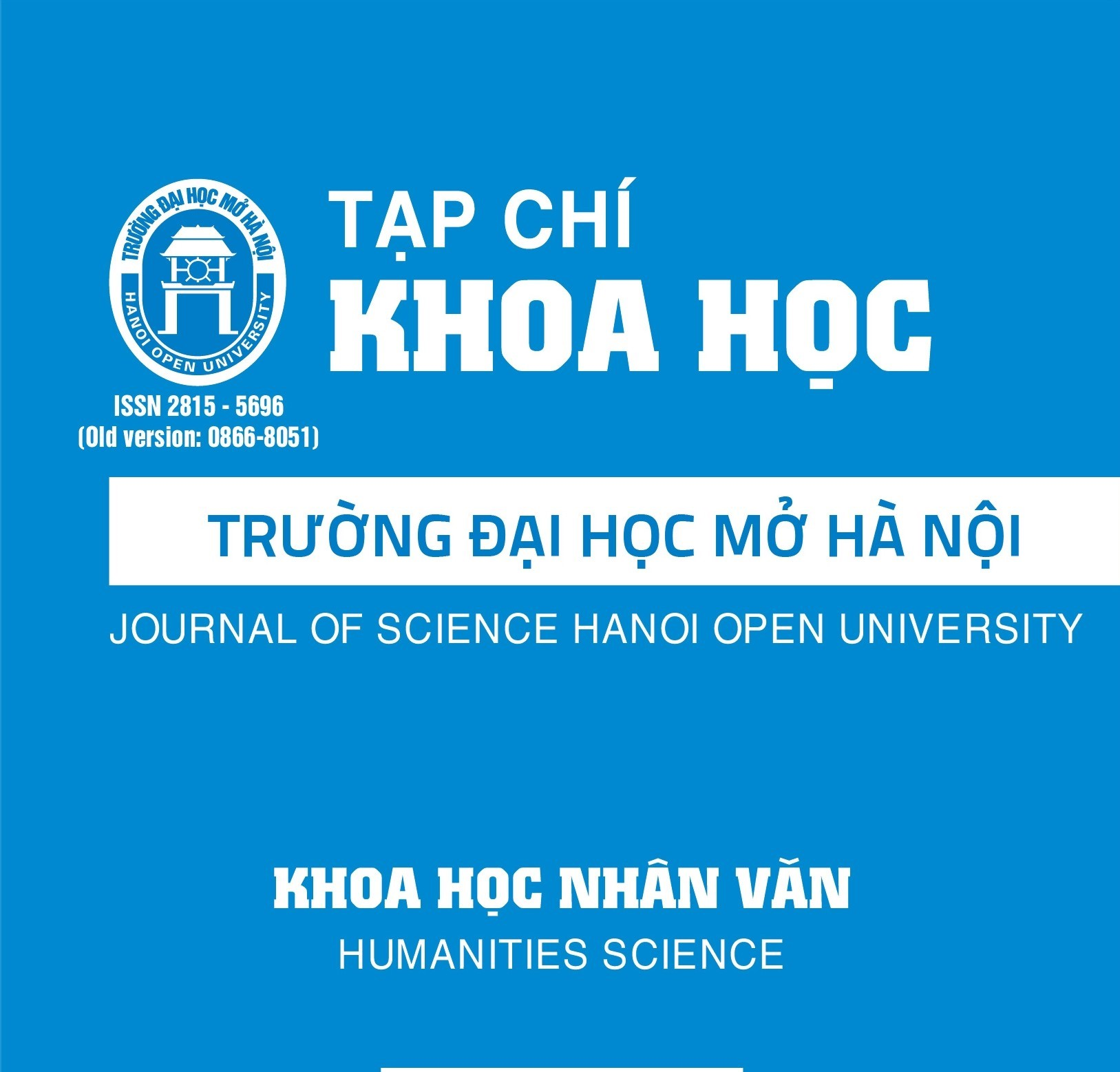THE EFFECTIVENESS OF APPLYING COLLABORATIVE WRITING STRATEGY TO IMPROVE MAJOR STUDENTS’ WRITING ABILITY AT DONG NAI TECHNOLOGY UNIVERSITY
Keywords:
writing skills, difficulties, faculty of foreign language, collaborative writing, individual writingAbstract
Writing is one of the two basic methods of communication, and students, during their studies and even graduates, may have to write a report and plan a strategy in the workplace. Therefore, improving writing skills in general and English writing skills, in particular is essential. In the process of learning writing skills at university, students often encounter both objective and subjective difficulties. To improve students’ English writing skills, the author conducted a study in which collaborative writing was employed to assess students’ writing ability. This study was completed within 15 weeks with 60 students in two classes in the same Department of Foreign Languages at Dong Nai Technology University. To evaluate the method’s effectiveness, the author compared the pre-test and post-test results. At the end of the semester, the author also collected students’ opinions on collaborative writing activities. The results show that the student’s writing skills have improved through collaborative writing, considered better than individual writing. Most students also affirmed their interest in this activity and pointed out many advantages.
References
[1]. Cullen, P. (2017). The key to IELTS success. Retrieved February 27, 2021, from
[2]. https://ieltsweekly.com/product/ielts- teacher-the-key-to-ielts-success/
[3]. Pearson, W. S. (2018). Written corrective feedback in IELTS writing task 2: Teachers’ priorities, practices, and beliefs. The Electronic Journal for English as a Second Language, 21(4), 314–320. Retrieved from https://files.eric.ed.gov/fulltext/EJ1172568. pdf
[4]. Bagheri, M. S., & Riasati, M. J. (2016). EFL graduate students’ IELTS writing problems andstudents’ and teachers’ beliefs and suggestions regarding writing skill improvement. Journal of Language Teaching and Research, 7(1), 198–209.
[5]. http://dx.doi.org/10.17507/jltr.0701.23
[6]. Aliyu, M. M. (2020). Exploring the nature of undergraduates’ peer collaboration in a PBL writing process. International Journal of Language Education, 4(1), 11–23. https://doi. org/10.26858/ijole.v4i2.8406
[7]. Steele, V. (2004). Product and process writing: A comparison. British Council.
[8]. https://www.teachingenglish.org.uk/ article/product-process-writing-a-comparison
[9]. Pincas, A. (1982). Teaching English writing. Macmillan Press.
[10]. Durga, V. S. S., & Rao, C. S. (2018). Developing students’ writing skills in English: A process approach. Journal for Research Scholars and Professionals of English Language Teaching, 6(2), 1-5. Graham, S., & Harris, K. R. (1997). Whole language
[11]. Nunan D. (2000). Language Teaching Methodology. International Book Distributors Ltd.
[12]. Abercrombie, M. L. J. (1970). Aims and techniques of group teaching. Surrey, England: Society for Research into Higher Education.
[13]. Storch, N. (2005). Collaborative writing: Product, process and students’ reflections. Journal of Second Language Writing, 14, 153–173.
[14]. Shehadeh, A. (2011). Effects and student perceptions of collaborative writing in L2. Journal of Second Language Writing, 20, 286–305.
[15]. Sukirman. (2016). Using Collaborative Writing in Teaching Writing. Langkawi, 2.
[16]. Utami, A. B. (2012). Improving Students Writing Skills on Recount Text Through Collaborative Writing Technique.
[17]. Zuhri, S. (2009). Improving the ability in writing a recount text of the first year-students of MANWlingi through collaborative writing strategy. Unpublished master’s Thesis. Malang:
[18]. Universitas Negeri Malang.
